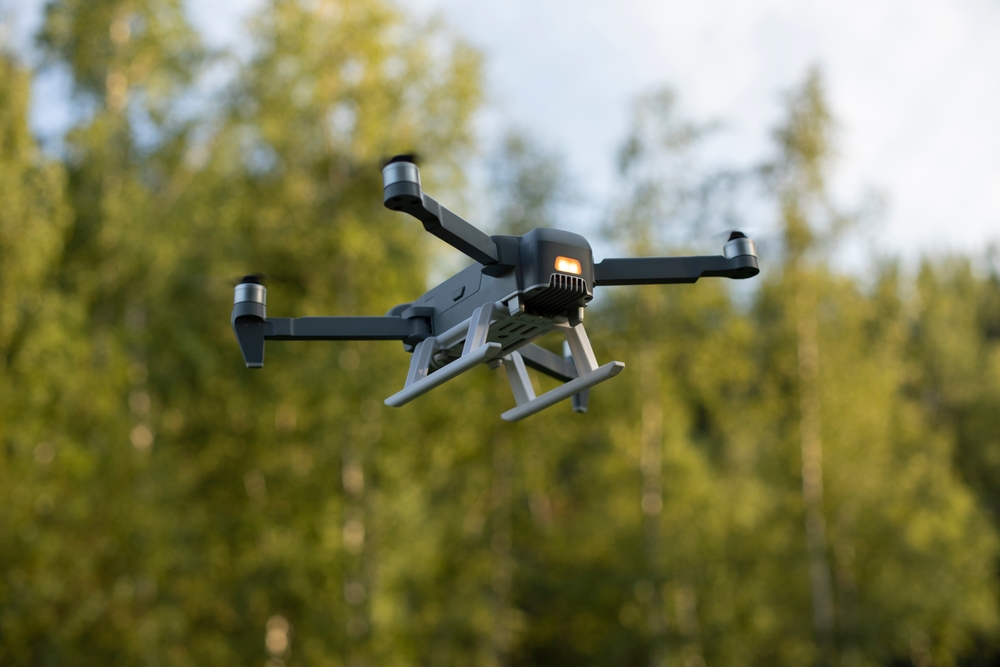How Drones Fly and Explore the World Around Us
Drones are small flying machines that people can control from the ground. They can move up, down, and around in the air. Many drones have cameras that show pictures and videos from high above. Learning about drones can help us understand how they work and what they can do in science, photography, and fun projects.

Understanding Basic Drone Components
The foundation of drone flight relies on several essential components working together. The frame provides structural support while housing the motors, propellers, and electronic systems. Four to eight propellers, powered by electric motors, generate the lift needed for flight. The flight controller acts as the drone’s brain, processing input from sensors and maintaining stability. A power source, typically a lithium polymer battery, supplies the energy needed for operation.
How Drone Flight Systems Function
Drones achieve controlled flight through a complex interplay of forces and electronic systems. The propellers create downward thrust, which generates upward lift when they spin. Gyroscopes and accelerometers continuously monitor the drone’s orientation and movement, allowing the flight controller to make instant adjustments. This coordination enables stable hovering and precise directional control, making drones accessible for beginners while offering advanced capabilities for experienced pilots.
Educational Applications and Projects
Drones serve as excellent educational tools for teaching STEM concepts. Students can learn about physics through hands-on experiments with lift and thrust. Programming projects allow young learners to explore coding by creating autonomous flight patterns. Building simple drone kits teaches electronics and engineering principles, while aerial photography projects combine technology with creative expression.
Getting Started with Drone Operation
For those learning about drones, starting with an entry-level model provides practical experience. Basic flight controls include throttle (up/down), yaw (rotation), pitch (forward/backward), and roll (left/right). Practice sessions in open areas away from obstacles help develop essential piloting skills. Understanding local regulations and safety guidelines is crucial before beginning drone operations.
Common Drone Applications and Uses
Drones perform diverse tasks across multiple industries. In agriculture, they monitor crop health and apply precise amounts of fertilizer. Search and rescue teams use thermal cameras on drones to locate missing persons. Scientists employ drones to study wildlife, measure environmental changes, and access hard-to-reach locations. Creative professionals capture unique perspectives through aerial photography and videography.
Drone Technology and Equipment Overview
| Drone Category | Typical Features | Recommended Use Case |
|---|---|---|
| Beginner Drones | Basic controls, crash protection, < 250g weight | Learning fundamentals |
| Photography Drones | HD camera, gimbal stabilization, autonomous modes | Aerial imaging |
| Racing Drones | High-speed motors, FPV systems, lightweight frame | Competitive racing |
| Professional Drones | Advanced sensors, long flight time, heavy payload | Commercial applications |
Prices, rates, or cost estimates mentioned in this article are based on the latest available information but may change over time. Independent research is advised before making financial decisions.
Understanding drone technology opens up new perspectives on our world. From scientific research to creative expression, drones continue to expand human capabilities for aerial exploration and data collection. As technology advances, these versatile machines will find even more applications in various fields, making them valuable tools for both professional and educational purposes.




